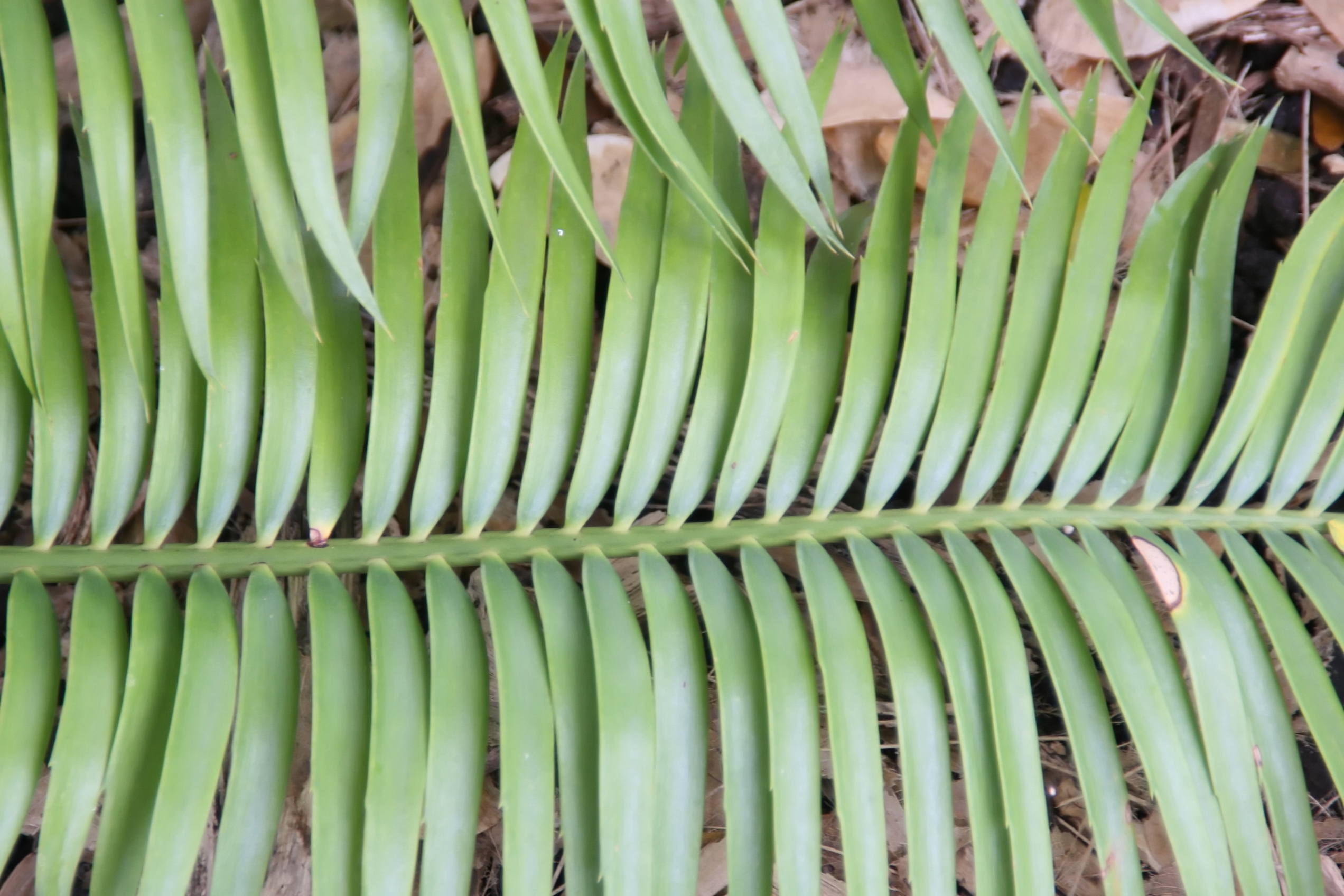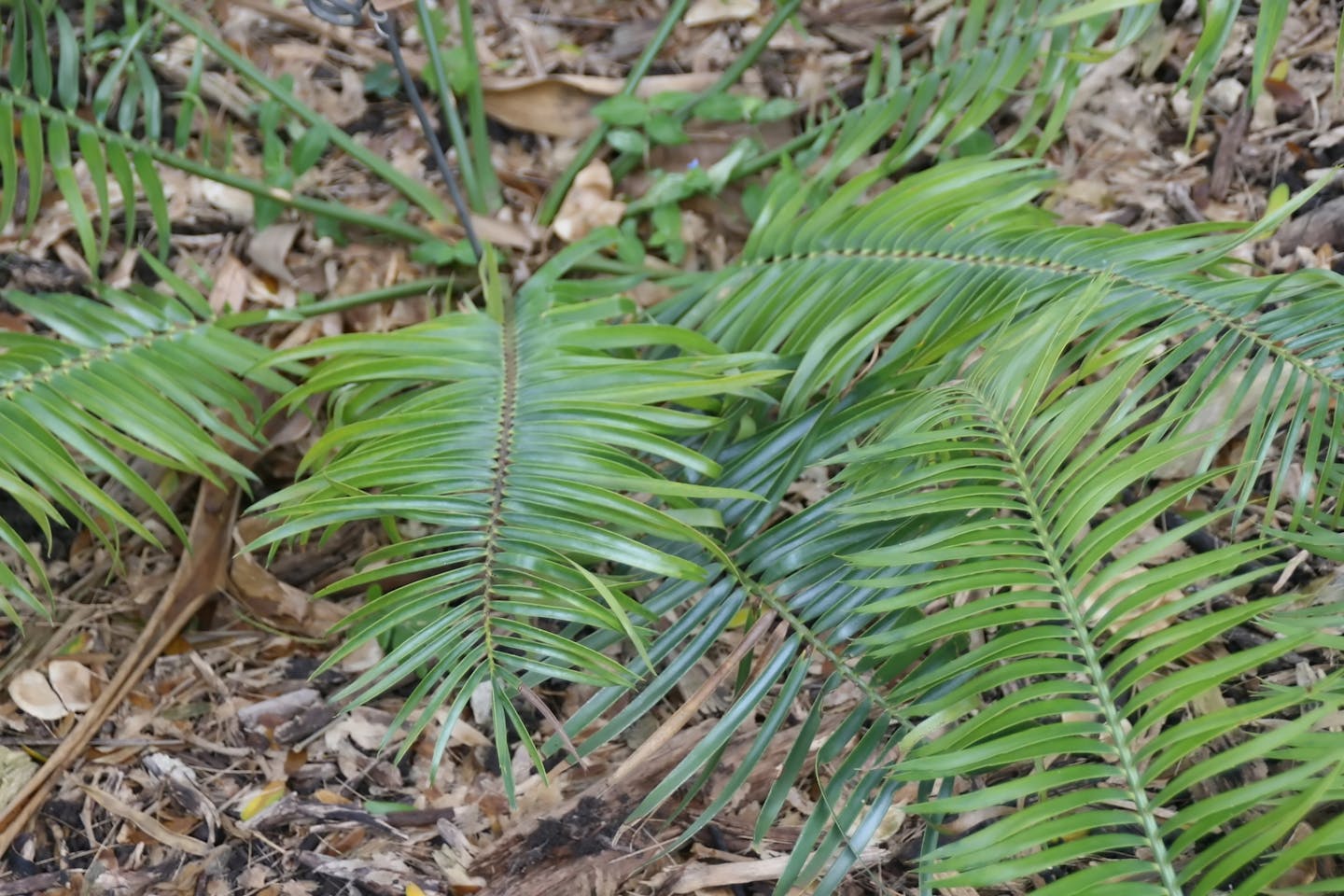Ngoye cycad: how one plant supports the jungle soil
One Earth's “Species of the Week” series highlights the flagship species of each of the 844 unique ecoregions contained within Earth’s bioregions.
On the southeastern coast of Africa, the national borders of Mozambique and South Africa are blurred by nature. A lush forest thrives along the coast and spills inward, home to various ancient plant species. Cycads, with their thick, short trunks and long evergreen leaves, are prevalent in this jungle and have been for millennia.
The oldest remains date to the early Permian, around 280 million years ago, and give cycads their nickname of “living fossils.” Whereas cycads can be found throughout the world, one species, the Ngoye cycad or encephalartos ngoyanus, is only found in this region and plays a fundamental role in the health of the forest’s soil.

Ngoye cycad is the flagship species of the Kwazulu Natal-Cape Coastal Forests ecoregion, located in the East African Coastal Forests bioregion (AT7).
Ngoye cycad is also referred to as the Ngoye dwarf cycad as, on average, it only grows to 30 cm (11.8 in) tall with a maximum height of 1 m (3.2 ft) recorded. Its large, stiff leaves do not grow out of branches, but rather fan out of the trunk and can grow as long as 1.25 m (4 ft). These leaves are pinnate in nature, or arranged like the feathers of the bird, sprouting on both sides of the steam and overlapping.
This outward appearance often causes Ngoye cycad and all other cycads to be commonly mistaken for palms or ferns, but neither species are closely related. While palms flower and bear fruit and ferns produce spores on the undersides of their leaves, cycads yield cones from their trunks.

The species is dioecious, individual plants are either male or female. Unfertilized seeds within their cones are open to the air and primarily rely on other species for pollination, mostly beetles with the occasional thrip or moth. As the Ngoye cycad is aided by members of its ecosystem, it then gives back.
Not only do the cones provide vital food for insects, but a study from the University of Guam found that cycads “provide an important ecosystem service.” Nitrogen and carbon are shared through the soil from the plant, creating habitable environments for other organisms and keeping the forest floor full of nutrients.
Despite their capacity to share, cycads are in decline and among the world's most threatened group of plants as human development furthers throughout the natural world. Four species of cycad are on the brink of extinction and seven species having fewer than 100 plants left in the wild.
Thankfully, the Ngoye cycad is not near those levels of protection urgency yet.
Many around the world, especially those in warmer climates like Southern California, plant or pot the species in their gardens. Its short stature allows the exotic to be placed anywhere for growers and for the plant, creates awareness of their existence and important role in the ecosystem.
Interested in learning more about the bioregions of the Afrotropics? Use One Earth's interactive Navigator to explore bioregions around the world.
Launch Bioregion Navigator


